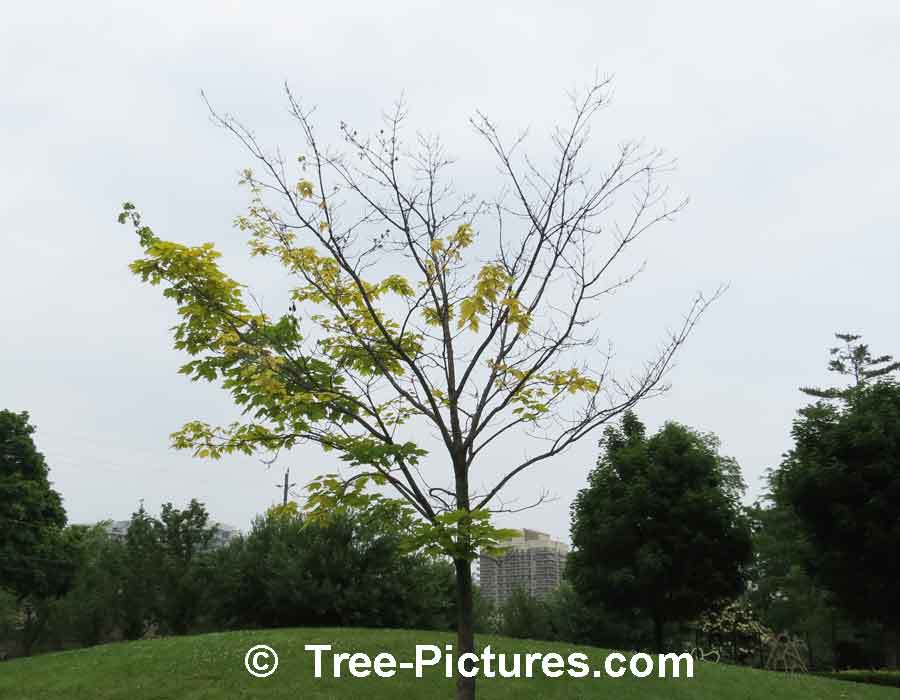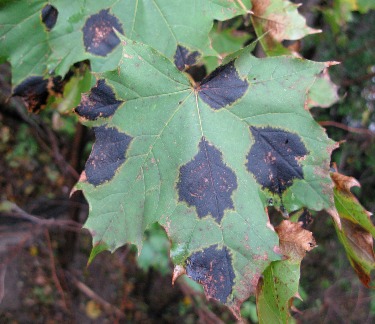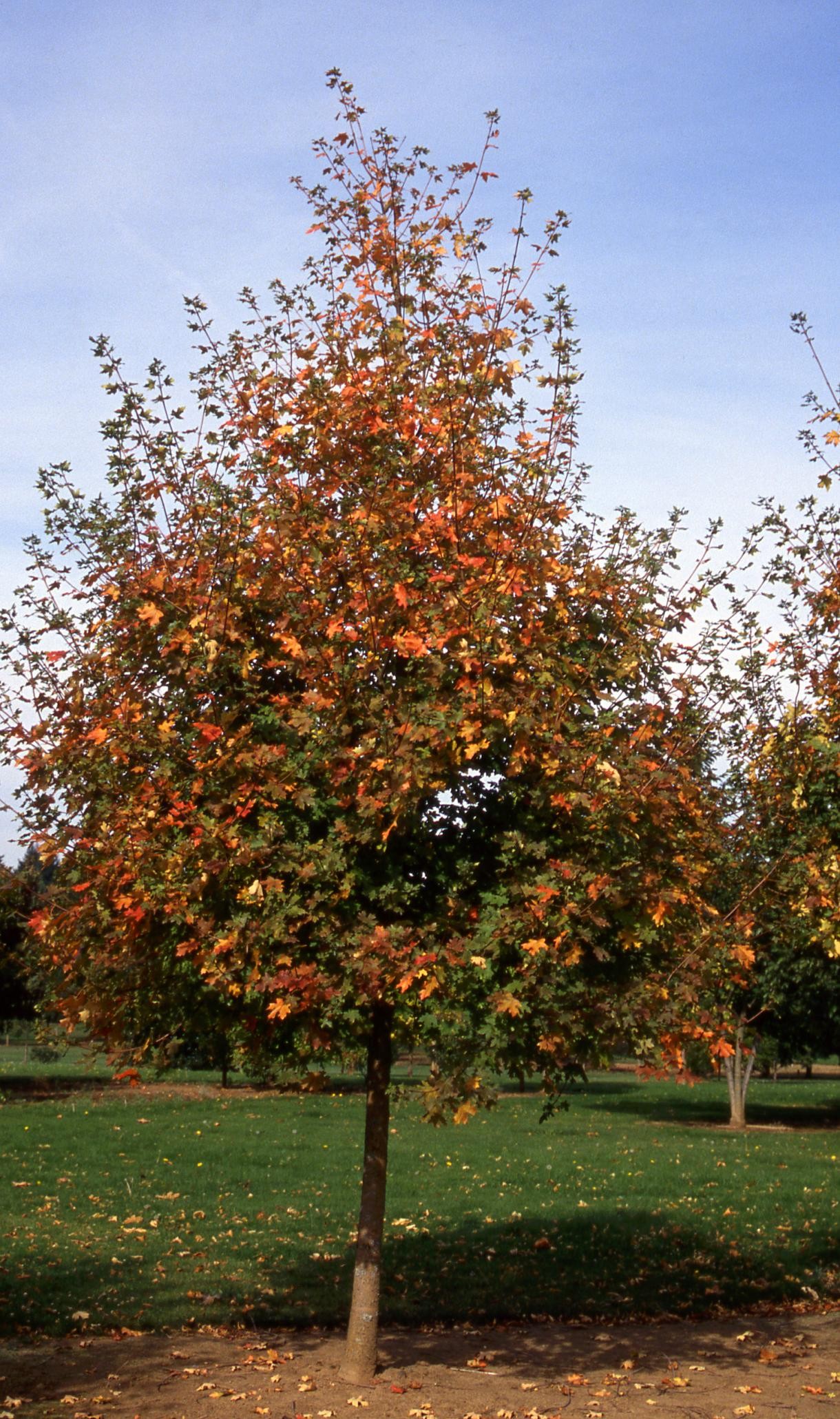Today’s topic is Red Maple Tree Diseases Pictures. Obviously, you can find a great deal of weeping japanese maple tree diseases pictures-related content online. The proliferation of online platforms has streamlined our access to information.
There is a connection between the japanese maple tree diseases pictures and Maple Diseases & Insect Pests information. additional searching needs to be done for Common Maple Tree Diseases, Symptoms, Treatment, and Prevention, which will also be related to Maple Tree Dying Signs.

40 Unexpected Facts About Red Maple Tree Diseases Pictures | Dying Maple Tree Pictures
- A dying Japanese maple is often because of fungal diseases pathogens that thrive in overly damp soils. Saturated soil promotes the conditions for root rot which cause dying Japanese maples. Too much wind, sun and not enough water also causes maples to have brown, wilted leaves and a dying appearance. - Source: Internet
- Different types of powdery mildew affect different types of maple trees. In every case, this disease is not harmful because the powdery substance sits on leaf surfaces. The root system is never invaded and the powdery mildew fungus does not eat away at the leaves. - Source: Internet
- : Varied, depending on maple species. Includes shriveled leaves, discolored streaks on leaf veins, and curled leaves with brown spots. Causes : Several fungi, including Discula and Kabatiella - Source: Internet
- This is one of the most common diseases that most Japanese maple bonsais are affected by. Here, the top surface of the leaves forms a white, powdery layer caused due to mildew fungus. If you have kept the bonsai in a humid area or under direct sunlight, the chances of powdery mildew grow by ten times. The related fungus also thrives when the leaves of the maple bonsai don’t receive enough air. - Source: Internet
- Leaf Scorch: On maple (Acer species) trees, a number of problems cause symptoms that are generally classified as leaf scorch. Scorch symptoms are light brown or tan dead areas between leaf veins or around the leaf margins. Occasionally the leaf margins are yellow or chlorotic. Scorch symptoms tell us that one or more of the following factors are affecting the tree: - Source: Internet
- Even though the tree generally prefers well-draining environments, it still favors slightly moist soils. Regular watering is necessary. However, regularly check and regulate the moisture level to avoid fungal diseases and root decay. - Source: Internet
- . This is only if your Japanese maples in in full sun. If it has morning sun followed by shade during midday and the afternoon or dappled light throughout the day then this is a good balance. Japanese maples in full sun require shade to stay healthy. Water the maple generously and apply mulch. To help conserve moisture apply a one inch layer of mulch around the base of your maple of compost or leaf mould. - Source: Internet
- This is one of the most common but hazardous pests for the Japanese maple species. They have a white armored crust on top, within which the pests hide for protection. Their white armors are easy to spot when present on the stems and dark bars. Since they suck plant sap from within the stems and bark, you can see the leaves wilting earlier than the expected time, drying barks, and death in case of extreme infestation. - Source: Internet
- Japanese maples always catch my eye. The foliage, the colors, the stature – everything about them is unique and they make beautiful additions to the garden. So it’s extra disappointing when they’re plagued by pests. We link to vendors to help you find relevant products. If you buy from one of our links, we may earn a commission. - Source: Internet
- These simple ways will help determine whether your tree is dead or dying. The chance of recovery depends solely on how fast you remedy the situation. This article will cover everything that will help you keep your Japanese maple alive and healthy. - Source: Internet
- Like anthracnose, maple leaf blister is unlikely to threaten a healthy tree, and cultural practices described for anthracnose can reduce spread of the fungus and the risk of serious damage to the tree. Anthracnose and leaf blister can occur on a tree at the same time. The only way to be certain if a tree has one or the other or both is to send samples to a diagnostic laboratory, such as Michigan State University’s Plant & Pest Diagnostic lab, and have it confirmed. - Source: Internet
- A tree’s root system is the main section that dictates healthy growth. So, you must consider the soil’s quality when planting your Japanese maple. Although these trees adapt well to various soil conditions, they thrive best in well-draining and slightly acidic environments with adequate nutrients. - Source: Internet
- . This can be a fence or additional plants or shrubs that provide a buffer to any drying winds. Increase the amount of shade . This is only if your Japanese maples in in full sun. If it has morning sun followed by shade during midday and the afternoon or dappled light throughout the day then this is a good balance. Japanese maples in full sun require shade to stay healthy. - Source: Internet
- Asian Ambrosia Beetles: Japanese maples are among the more common hosts of the granulate ambrosia beetle (Xylosandrus crassiusculus), with other hosts including styrax, ornamental cherry (especially Yoshino), pecan, peach, plum, dogwood, persimmon, sweetgum, magnolia, fig, Chinese elm, and azalea. This pest is attracted not only to damaged, stressed, or transplanted trees but to seemingly healthy trees as well. The beetle becomes active in early March (or earlier), and the female beetles bore into trunks or branch wood of thin-barked hardwood trees. Once a tree has been attacked, it becomes more attractive to further attack. Often these trees are less than four inches in diameter. - Source: Internet
- Root rot is the leading cause of a dead or dying Japanese maple. If the environment is constantly damp or moist, Verticillium wilt (a disease) caused by fungi may start to develop and infect your tree’s roots. This fungal infection eventually leads to root decay. - Source: Internet
- : None. Prevention is the best method; clearing away infected leaves that have fallen to the ground also lessens the chance of maple spider mites and box elder bugs hiding and multiplying in the leaf litter. Season: Late summer, early fall - Source: Internet
- Leaf blister on red maple. Photo by Alicyn Ryan, University of Florida, Bugwood.org. - Source: Internet
- : The Rhytisma fungus (r. punctatum) Treatment : None. Prevention is the best method; clearing away infected leaves that have fallen to the ground also lessens the chance of maple spider mites and box elder bugs hiding and multiplying in the leaf litter. - Source: Internet
- Maple trees are symbolic of strength, endurance, balance, and longevity. Unfortunately, stealthy attackers attempt to sap these trees of their splendor, but we’ll help you identify maple tree diseases and how to treat them. Perfect as specimen trees or lining a long driveway, you can’t deny their beauty and majesty. - Source: Internet
- Japanese maples are sensitive to frigid conditions. During winter, it is necessary to hydrate your tree just before temperatures drop to ensure that the plant receives adequate moisture. Add a layer of mulch to provide the roots with insulation and protection. - Source: Internet
- Verticillium wilt is a fungal infection of the soil that penetrates tree roots and attacks a maple tree’s vascular (or circulatory) system. When this happens, water and nutrients are unable to reach branches and leaves. Dead leaves will fall to the ground and the soil reabsorbs the fungal disease, potentially setting off a wider verticillium wilt infestation. - Source: Internet
- Since there is no actual method to eradicate the disease, it is advisable to perform preventive measures. So, plant your Japanese maple in well-draining soil that is amended with plenty of compost and an adequate amount of sand. This combination allows for better air circulation and root respiration. - Source: Internet
- For cosmetic imperfections like leaf discoloration and bark growth, professional treatment is not necessary. But if your maple contracts a disease, such as verticillium wilt, root rot, or sapstreak, don’t try to DIY this job. Contact a local arborist for the best chance to save your tree and enjoy its beauty for years to come. - Source: Internet
- Typically, maple trees live up to 300 years, but sometimes they fall prey to illness. These can include diseases such as tar spot, verticillium wilt, anthracnose, leaf scorch, powdery mildew, and lichen, to name a few. Treatment ranges from pruning dead branches to removing the entire tree and fumigating the soil to doing nothing at all, depending on the infection. - Source: Internet
- Sapstreak gets its name from the dark staining that forms in a star-shaped pattern on the rings of a tree’s chopped trunk. It threatens sugar maples specifically, entering through damaged roots. Once inside, the sapstreak fungus prevents water and nutrients from reaching branches and leaves. - Source: Internet
- The sunlight needs of Japanese maple vary depending on the cultivar. To illustrate, some species prefer partially shaded environments while others thrive in full shade. But placing them in areas where they will receive direct afternoon light is not ideal since their foliage will become burnt or scorched. - Source: Internet
- Specific growing conditions must be met for your Japanese maple to develop, survive, and thrive. We hope this article has helped you with the ways how to revive and care for your tree. Happy planting! - Source: Internet
- Japanese maple is among the more popular trees; its bright red foliage accentuates gardens and landscapes. However, its aesthetic appeal can be affected if it lacks proper growing conditions. We researched ways to identify if your Japanese maple is already dead or may begin to wilt, and this is what we discovered. - Source: Internet
- Most varieties of Japanese maples that are sold in garden centers prefer acidic soil with a pH of between 5.5 and 6.5 (pH 7 is neutral, any number below is acidic and any number higher then 7 is alkaline). - Source: Internet
- “My Japanese maple looks really sick and not as full as usual. Leaves fell a lot, and they are all spotted. Is this because we received so much rain in the past several weeks/months? What do I need to do?” asked Linda from North Carolina. - Source: Internet
- This is one of the most concerning problems with Japanese Maple, where an entire branch can be affected. The initial symptom is discoloration of leaves and dying. Then, it will spread gradually to other healthy leaves on the same branch, affecting the branch itself. If not removed at the initial sighting of the symptom, the maple bonsai won’t last for a long time. - Source: Internet
- As a solution, planting your tree in a partly-shaded environment is ideal. A Japanese maple will not thrive in full sun unless there is a sizeable cover. Additionally, grow other shrubs or vegetation surrounding your tree - they serve as a wind break that will protect your plant from the dry wind. - Source: Internet
- When you do see signs of maple disease it would be wise to seek the advice and help of a professional. Find a source that is reputable and can give you insight and help you control the situation. A reputable company would be Great Northern Regreenery. They have the skills and experience to handle your maple disease problems. Give them a call for a free estimate at 905-775-7444. - Source: Internet
- Japanese maple is a deciduous tree; its leaves fall off or shed each year. It is a naturally occurring process that helps the plant conserve energy and resources during winter. They typically begin to shed in late November or early December. - Source: Internet
- Aphids are sucking pests, often found in the leaves of the Japanese maples. These insects are relatively small and hard to identify. They take nutrients from the leaves, causing them to dry and fall off. Besides, the infestation usually occurs at a large scale, and multiple leaves are affected simultaneously. This reduces the canopy volume and minimizes the brilliance of the leaves. - Source: Internet
- Anthracnose may be a more serious concern in maple trees that are not well established or weakened due to other stressors. Such trees may benefit from protective fungicides early in spring, prior to infection. Products that contain chlorothalonil, chlorothalonil plus thiophanate-methyl, propiconazole or mancozeb can be used for disease control. Applications should be made in the spring at budbreak and be repeated twice at 10- to 14-day intervals, per label directions. - Source: Internet
- There are as many maple tree species as Bubba Gump has ways of making shrimp; silver maples, red maples, Japanese maples, Norway maples, etc. Their scientific name is Acer of the family Sapindaceae. Maples are excellent shade trees, but unfortunately, like oaks, sycamores, and all other trees, they suffer from diseases. - Source: Internet
- The best way to help prevent maple disease is to get rid of the affected trees that surround the healthy ones. If this is not possible you can try to prune the affected areas to try to help the tree to survive. Make sure to keep the tree well hydrated while it is being pruned to promote healing. Diseases of maple trees are very draining to the system of the tree so they need plenty of water. - Source: Internet
- Like any other bonsai plant, the Japanese Maple is prone to many diseases and damage from pests. Since the plant is so delicate, taking proper care is necessary. But to do so, you must have a clear idea about these most common report this adpests and diseases that can affect the brilliance of the plant. - Source: Internet
- This disease is found on American beech (Fagus grandifolia) and European beech ( F. sylvatica L. ), and is most often found in mixed forests with sugar maple and hemlock present. - Source: Internet
 Following are some suggestions for where to begin your search for data on Maple Tree Bark Splitting And Peeling:
You should try to find Maple Tree Bark Diseases Pictures-related information from reputable places. Libraries, online resources, and even paid journalists all fall under this category.
- It's crucial to be aware of the various electronic media sources available when researching Maple Tree Bark Diseases Pictures, such as Google and YouTube. You may also get info about Maple Tree Diseases and How to Treat Them on social media sites like Facebook and Twitter.
Following are some suggestions for where to begin your search for data on Maple Tree Bark Splitting And Peeling:
You should try to find Maple Tree Bark Diseases Pictures-related information from reputable places. Libraries, online resources, and even paid journalists all fall under this category.
- It's crucial to be aware of the various electronic media sources available when researching Maple Tree Bark Diseases Pictures, such as Google and YouTube. You may also get info about Maple Tree Diseases and How to Treat Them on social media sites like Facebook and Twitter.It’s crucial to read to examine the authenticity of each source in order to acquire the greatest information regarding Maple Tree Bark Diseases Pictures.
Video | Red Maple Tree Diseases Pictures
You’ll learn more about Silver Maple Diseases Pictures after watching the films included in this post, which come from a variety of different sources. Information on a wide range of topics can be easily accessed via the internet.
## Notable features of Maple Tree Diseases and How to Treat Them include:- Red Maple Tree Diseases Pictures
- Japanese Maple Tree Diseases Pictures
- Japanese Maple Tree Problems Pictures
- Red Maple Tree Bark Diseases Pictures
- Japanese Maple Tree Bark Diseases Pictures

With the abundance of How to Identify and Control Japanese Maple Pests-related resources available online, it’s easy to find what you’re looking for.
This is not how most people would expect to learn more about Dying Maple Tree Pictures, so be prepared for some shock value. It paves the way for a closer examination of the Maple Tree Diseases On Bark information’s actual substance and its potential applications.
 techniques for making Common Maple Tree Diseases, Symptoms, Treatment, and Prevention data visualizations that are both aesthetically pleasing and practically applicable. They can spread the word about Beech bark disease in professional and promotional settings. For this reason, we also include Maple Tree Bark Diseases Pictures-related pictures.
techniques for making Common Maple Tree Diseases, Symptoms, Treatment, and Prevention data visualizations that are both aesthetically pleasing and practically applicable. They can spread the word about Beech bark disease in professional and promotional settings. For this reason, we also include Maple Tree Bark Diseases Pictures-related pictures.
At last, this article sums up key points about japanese maple tree bark diseases pictures. There is also a comparison of your red maple tree diseases pictures knowledge to that of Maple Tree Diseases On Bark, as well as a discussion on Why is My Japanese Maple Dying? (How to Solve it) and Red Maple Tree Diseases.